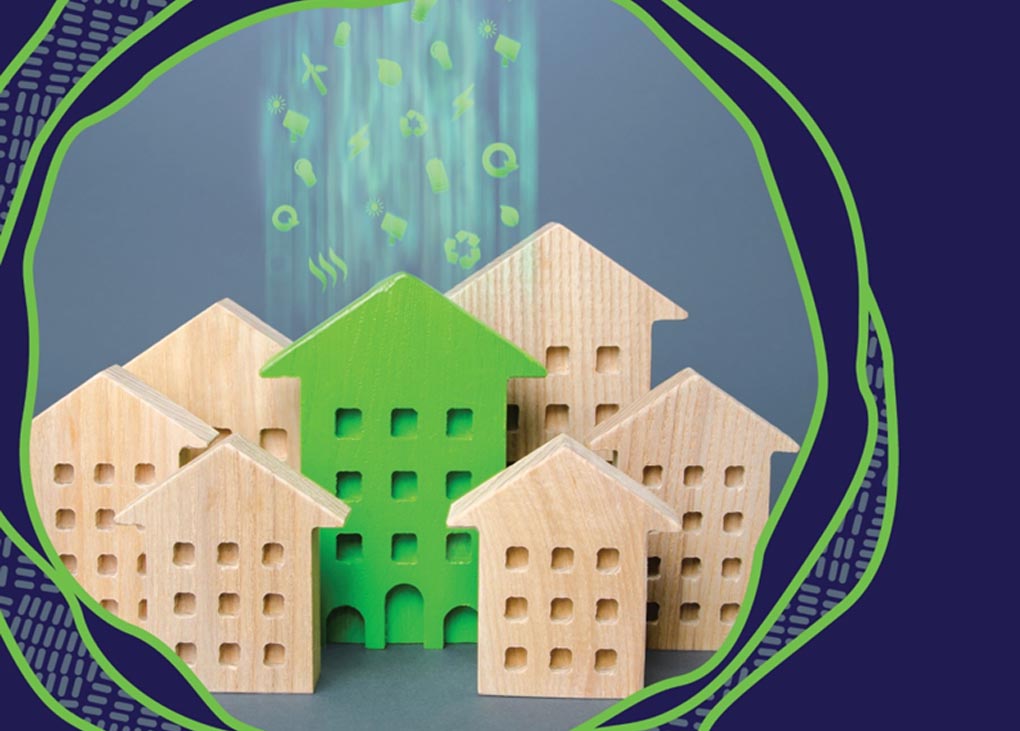The Commercial Buildings Disclosure (CBD) Program is set to expand – and government is seeking input on how it should be done.
The CBD Program requires office buildings to disclose their NABERS energy rating when they are sold or leased. It began in 2010, with a threshold of 2,000m2, driving a 35 per cent reduction in energy use in the buildings it covered. In 2017, the threshold was reduced to 1,000m2, bringing further energy savings.
The program supports the Trajectory for Low Energy Buildings, a joint strategy between federal and state governments for achieving zero-energy and carbon-ready buildings in Australia.
Successive reviews of the CBD Program in 2016 and 2019 suggest that expanding the program will reduce energy consumption, cut energy bills, and lower greenhouse gas emissions. The Department of Climate Change, Energy, the Environment and Water (DCCEEW) recently commissioned a feasibility report on expanding the CBD Program, and is now seeking feedback on how the program could be expanded.
This could take a number of forms, including lowering the floor area threshold, covering a wider range of commercial buildings – including hotels, shopping centres, data centres, hospitals, and other non-residential facilities – and disclosing more indicators, such as the amount of renewable energy used. There is also scope to introduce Minimum Energy Performance Standards for low-performing buildings that do not respond to mandatory disclosure.
The discussion paper on the CBD Program expansion is open for consultation until September 13, 2024. You can provide feedback and read the feasibility report at the DCCEEW website.



Leave a Reply